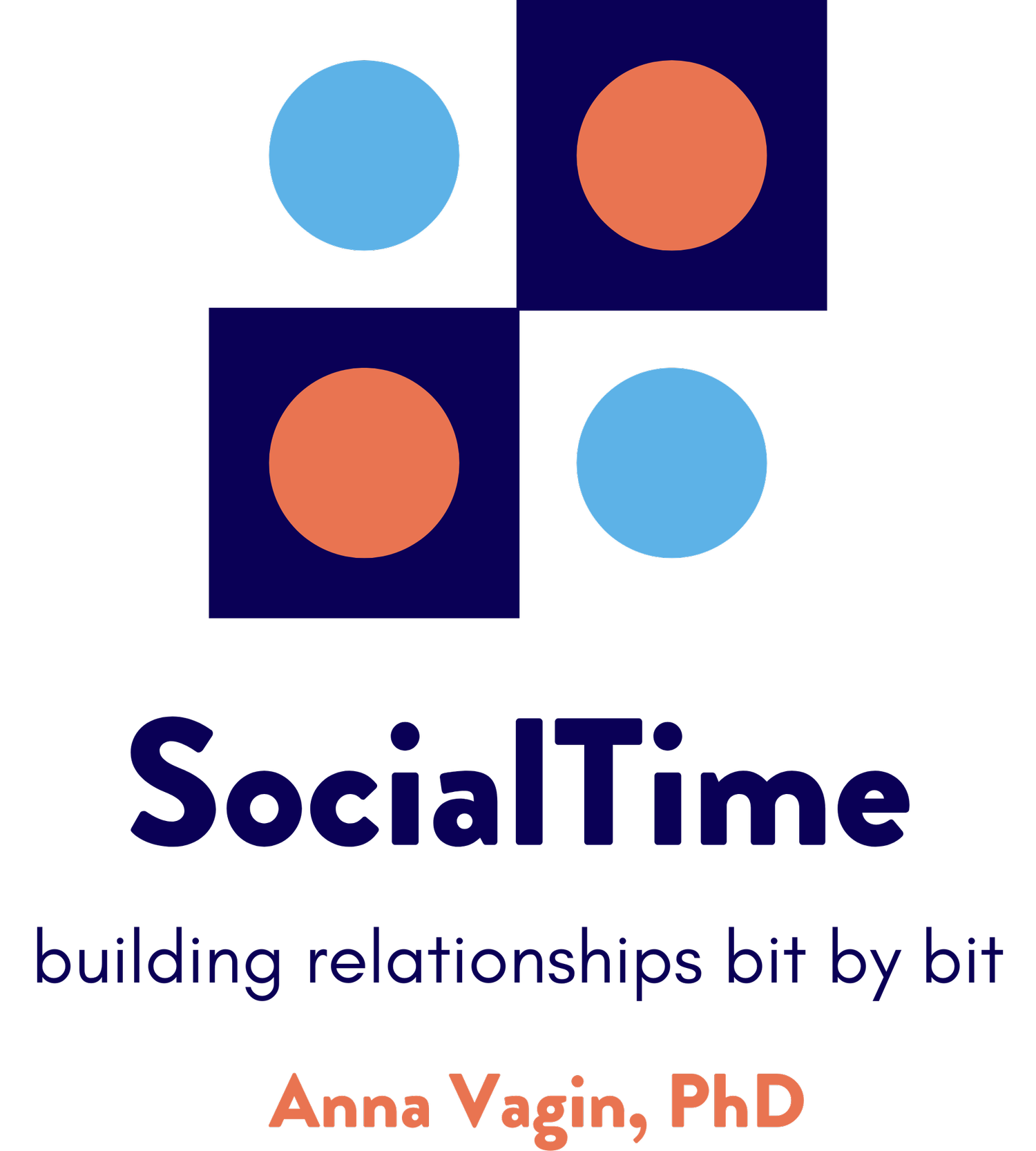That's SO Annoying...
Traffic. People talking on cell phones at the gym. Dogs getting sick indoors. That spinning ball of doom on my computer right when a presentation is due. We often find ourselves in situations when we feel annoyed - sometimes with other people and other times with the experiences in which we find ourselves.
Oh, and let's not forget that sometimes our actions annoy others. Such as when I promise students I will have refreshed the gum drawer by next week and then forget to do so. Or when I leave too late to pick up my son at the ferry and he has to wait (in the rain). Or when I turn down the heat on the rest of the family just because I'm having hot flashes.
Annoyment. Whether we are feeling it or causing it, it's part of day to day existence. Just like everyone else, students with social learning challenges experience annoyment - times when they are annoyed, and times when others find them annoying. Often lacking resilience, struggling with perspective taking, unaware of nonverbal information that comes their way, or still learning about regulating strategies, these students may both annoy others and feel annoyed more often than their typically developing peers.
In part 1 of That's SO Annoying, let's focus on how can we help our students recognize and be more comfortable with feeling annoyed. We want to build their awareness that annoyed is in the angry feeling family - a feeling that is relatively small in size (although certainly, annoyed feelings can morph into bigger angry feelings, such as mad, or even furious). Before we focus on solving the problem of feeling annoyed, we want to explore the richness of this important feeling.
You can always start your discussions about feeling annoyed with some great YouTube videos, working on feelings and emphasizing annoyment (there are lots of feeling activities in YouCue Feelings, see below). Ask students to sketch the character's annoyed experience - What was happening? What were all the characters thinking and feeling? Was the character who was annoying aware that their behavior was disturbing others? Did they ever change what they were doing? How did the character who was annoyed react? What tools did they use to manage their annoyment?
These sketches will provide lots of material to support group discussion. Allow discussion to develop organically, reminding students that we all feel annoyed sometimes. Open up discussion to be curious about how the character might have been "at risk" to feel annoyed. Often our mood, the type of day we are having, and the particular demands of a situation influence how likely we are to become annoyed. What annoys us one day might not the next - it's a moving target often with no obvious rhyme or reason. This unpredictability of annoyment can make it particularly difficult for students with social learning challenges, so these discussions are very important.
After some YouTube viewing, offer students opportunities to sketch and talk about what they find annoying. This may feel like opening up a can of worms, since some of our students are annoyed by SO MUCH! But hang in there. Ask them to illustrate examples (like above). Broaden discussions into how they handled those annoying experiences, and whether they thought those were good choices or not the best.
As you move into these self-reflective activities you may notice something interesting happening. Students may find that they share common annoyances - in fact, they may get into very lively, empathic discussions during which they become animated, super engaged, and even excited at their discoveries. In a recent article in Wired Magazine ("How Annoying: Let Go of Your Dirty Pain", V. Heffernan, Aug 2018), the point is made that sharing annoying experiences can actually serve an important social function - knitting individuals more closely together as they bond over what annoys them. All that complaining to others sometimes has a great payoff! Think about this as you lead discussions and see what happens.
Stay tuned for parts 2 & 3, for information about specific tools to handle annoyment, as ways to support students in examining how they might annoy others. In the meantime, here are some YouTube choices to support your work:
Classic Sesame Street: Ernie and Bert’s TV Chair Showdown https://www.youtube.com/watch?v=71olbMlFIXI
Masha & the Bear –Laundry Day https://www.youtube.com/watch?v=lS_ubz6Sa9c&t=7s Michael Rutter- On the Level https://youtu.be/FtI9AiYWfeE Allisk8R ** https://youtu.be/V_hgul2j9YU
** remember, ALWAYS preview a video before showing it to students - it's not a "one size fits all" world out there!
Student illustration of feeling "annoyed" when he steps on Legos.

